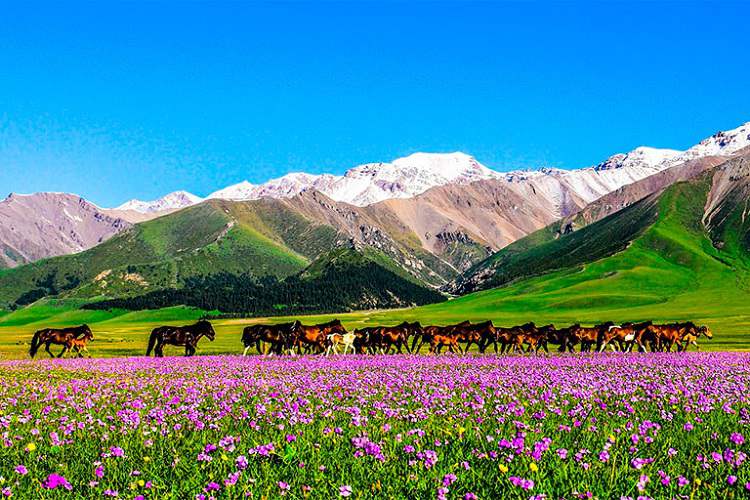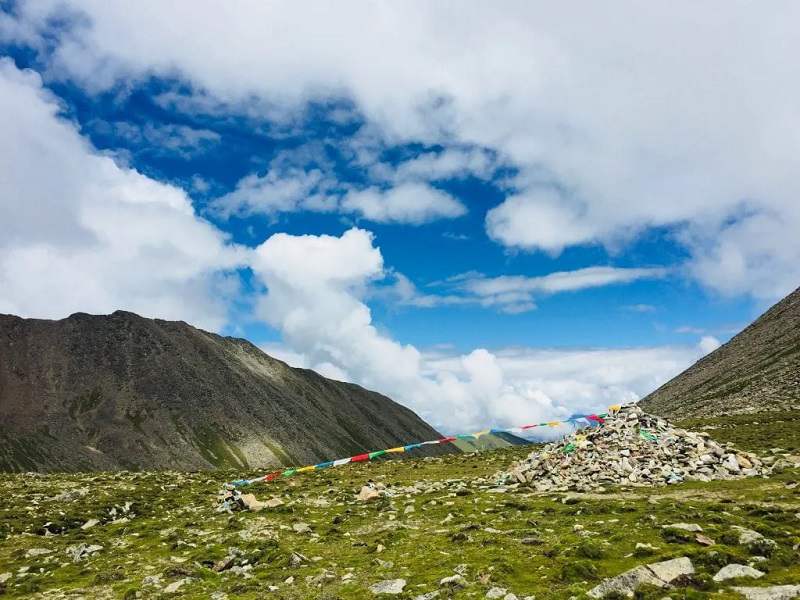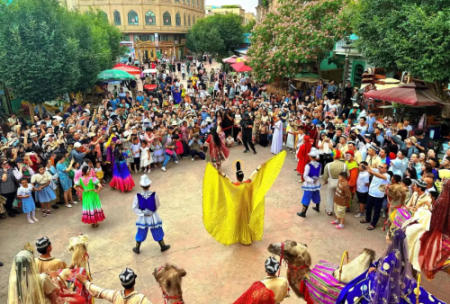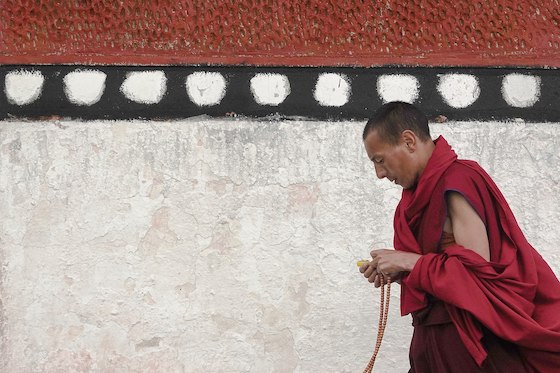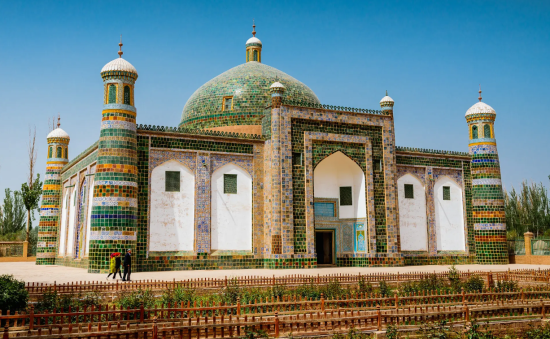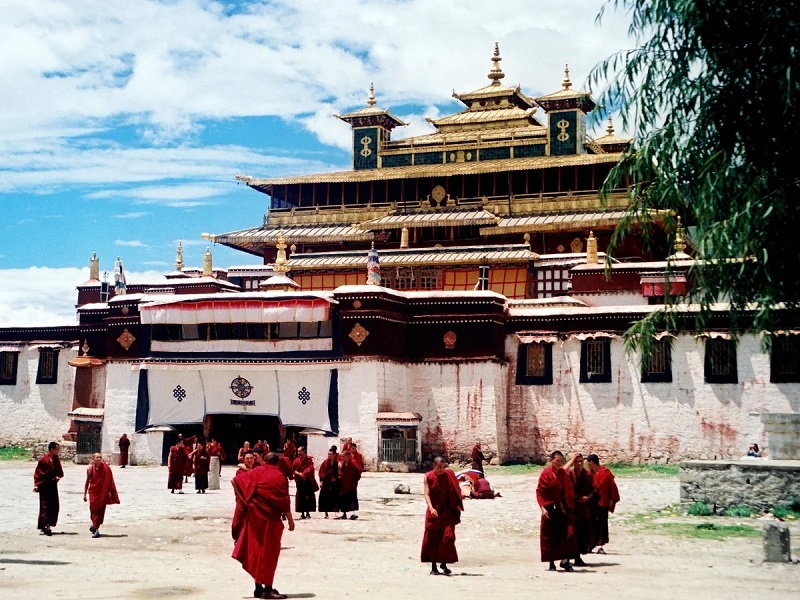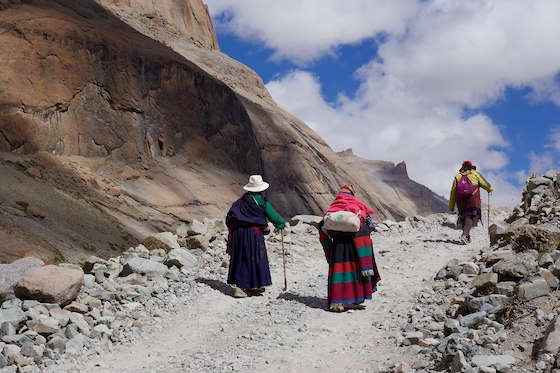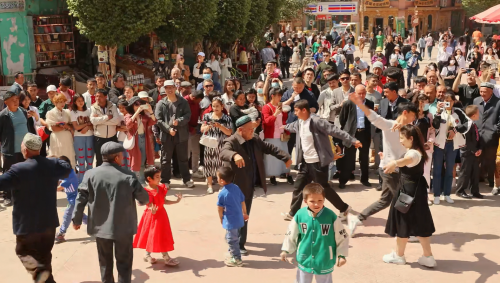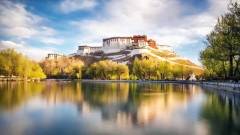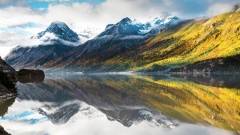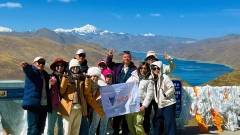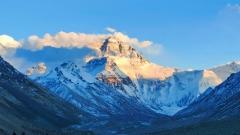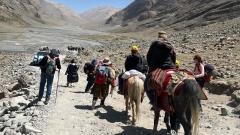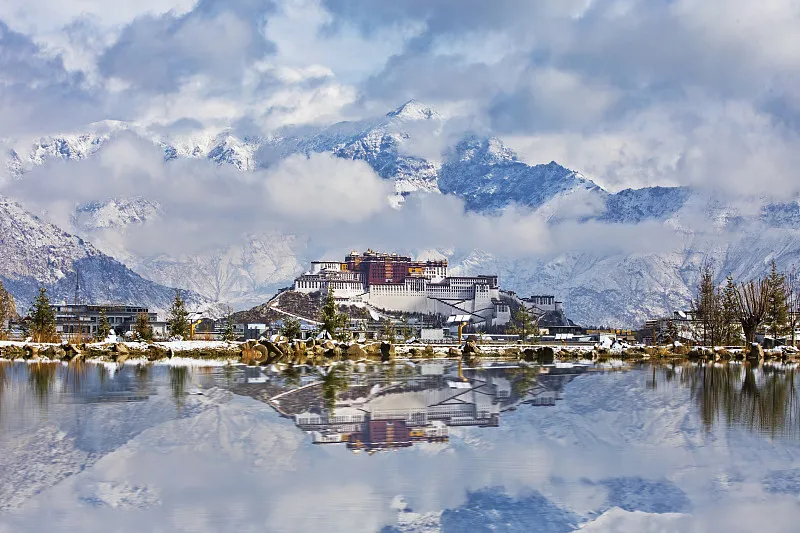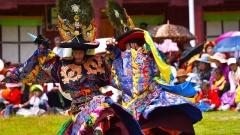Xinjiang and Tibet—two vast regions in western China—both captivate travelers with their dramatic landscapes, deep spirituality, and rich ethnic cultures. Yet, despite their shared remoteness and allure, these regions are profoundly different in nature, people, and atmosphere.
While Tibet is the “Roof of the World,” known for its Buddhist monasteries and Himalayan peaks, Xinjiang is the “Silk Road crossroads,” where deserts, grasslands, and mosques tell stories of ancient trade and cultural fusion.
Let’s explore what truly sets these two legendary lands apart—and why both deserve a place on your travel list.
Geography: Himalayas vs. Deserts and Grasslands
Tibet lies high on the Tibetan Plateau, averaging 4,000 meters above sea level, surrounded by the mighty Himalayas. Its landscape is dominated by snow-capped peaks, turquoise lakes, and vast highland plains, earning it the name “Roof of the World.”
In contrast, Xinjiang is a land of contrasts—towering mountains and endless deserts. To the north lies the Altay Range, to the south the Kunlun Mountains, and in between spreads the vast Taklamakan Desert. The region also hosts green oases like Turpan and Kashgar, where life has flourished for millennia.
In short:
-
Tibet = high altitude, sacred mountains, lakes, glaciers.
-
Xinjiang = extreme diversity—snow peaks, deserts, grasslands, and ancient Silk Road towns.
Climate: Cold Heights vs. Continental Extremes
Tibet’s climate is shaped by altitude. Even in summer, temperatures in Lhasa average 20°C (68°F) by day and drop sharply at night. The air is thin but crisp, and sunshine is intense throughout the year.
Xinjiang, on the other hand, experiences continental extremes. The Turpan Basin can exceed 40°C (104°F) in summer, while the Altay region freezes in winter. This dramatic range allows Xinjiang to produce everything from sweet melons and grapes to snowy ski resorts.
In summary:
-
Tibet has a cool, high-altitude climate all year.
-
Xinjiang offers seasonal contrasts—from fiery deserts to icy mountains.
Culture and Religion: Buddhism vs. Islam
The most striking difference between the two regions lies in faith and culture.
-
Tibet is the spiritual heart of Tibetan Buddhism. Monasteries like Potala Palace, Jokhang Temple, and Tashilhunpo reflect centuries of religious devotion. Monks in crimson robes, prayer flags fluttering in the wind, and the sound of chanting define the Tibetan spiritual landscape.
-
Xinjiang, meanwhile, is home to Islamic culture, especially among the Uyghur people. The call to prayer echoes through Kashgar’s Id Kah Mosque, and bazaars overflow with halal food, handmade carpets, and traditional instruments.
Both regions have preserved their distinct religious traditions, shaping not just their architecture and festivals, but also their way of life and worldview.
Architecture: Monasteries vs. Mosques
Traveling through Tibet, visitors are struck by the unique monastic architecture—whitewashed walls, golden roofs, and hilltop temples. The Potala Palace in Lhasa is a world icon, blending spiritual symbolism with monumental design.
In Xinjiang, Islamic architecture dominates. The Id Kah Mosque in Kashgar, Jiaohe Ancient City near Turpan, and the Emin Minaret in Turpan showcase intricate domes, arches, and geometric patterns influenced by Central Asia.
Simply put:
-
Tibetan buildings rise in devotion toward the heavens.
-
Xinjiang’s structures open horizontally, echoing the vast steppe and desert.
People and Ethnic Diversity
Tibet’s main ethnic group is the Tibetan people, with their own language, traditions, and art deeply tied to Buddhism and pastoral life.
Xinjiang, however, is a mosaic of cultures. The Uyghurs, Kazakhs, Hui, and Tajiks all contribute to the region’s diversity. Walking through Kashgar’s old town feels like stepping into Central Asia—a living Silk Road museum of languages, faces, and customs.
👉 Tibet preserves a unified cultural identity rooted in spirituality.
👉 Xinjiang thrives on diversity and historical exchange.
Cuisine: Yak Butter Tea vs. Lamb Kebabs
Food tells a region’s story—and in Tibet and Xinjiang, the stories couldn’t be more different.
-
Tibetan cuisine relies on highland staples: yak meat, barley, butter tea, and tsampa (roasted barley flour). These dishes provide warmth and energy in the cold, thin air.
-
Xinjiang’s food bursts with Silk Road flavor—spiced lamb skewers, hand-pulled noodles (laghman), naan bread, raisins, and juicy melons. Its cuisine reflects both Islamic influence and Central Asian trade heritage.
Both are hearty, flavorful, and a key part of the travel experience—but Xinjiang’s food is more diverse and widely loved across China.
Travel Experience: Spiritual Pilgrimage vs. Cultural Exploration
A trip to Tibet feels like a pilgrimage. Whether you’re visiting Mount Kailash, Yamdrok Lake, or Everest Base Camp, the journey carries a spiritual weight. The landscapes inspire meditation, and each stop feels sacred.
Xinjiang, in contrast, offers a journey through civilizations and contrasts. One day you’re hiking in the Tianshan Mountains, the next exploring ancient Silk Road ruins or bargaining in a bazaar filled with spices and silks. It’s a land of motion, trade, and storytelling.
👉 Tibet = spiritual inward journey.
👉 Xinjiang = cultural and historical exploration.
Accessibility and Travel Seasons
Both regions are remote but increasingly accessible.
-
Tibet is reached via flights or the Qinghai–Tibet Railway from cities like Chengdu, Xining, or Beijing. The best time to visit is April to October, though winter has its quiet charm.
-
Xinjiang has multiple airports and high-speed rail links. Spring and autumn are the most comfortable, with clear skies and vibrant colors.
👉 China Dragon Travel offers well-organized tours to both regions—whether you seek Tibet’s spiritual heights or Xinjiang’s Silk Road adventures, our experts ensure safe, authentic, and meaningful journeys.
Conclusion
Xinjiang and Tibet are like two mirrors reflecting different sides of China’s western frontier.
Tibet is sacred, serene, and introspective—a journey of the soul beneath the world’s highest peaks.
Xinjiang is vibrant, diverse, and outward-looking—a living crossroads of Asia’s cultures and histories.
Both offer extraordinary experiences that go far beyond sightseeing. And whether you seek spiritual peace or cultural discovery, traveling with China Dragon Travel ensures you’ll see the best of both worlds—safely, deeply, and authentically.



